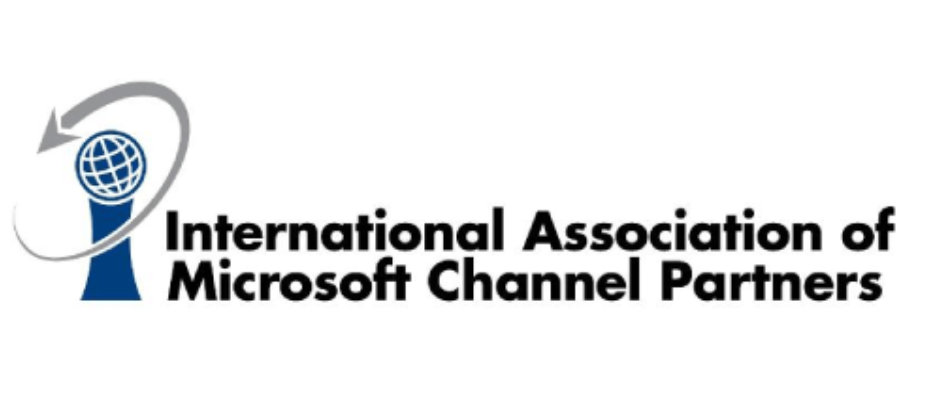A Total Virtual Classroom solution

Project Info
- Industry: EdTech
- Technology: Azure Migration, .Net Core, Microsoft azure, React
- Location: US
Introduction :
The project introduces a cutting-edge cloud-based SaaS and Virtual Classroom (Video Conferencing) that caters to both educational and corporate institutions. It is meticulously designed to foster in-person, remote, and hybrid learning environments, promoting efficiency, organization, and real-time adaptive data analytics. The platform offers a complete virtual classroom experience, transforming the dynamics of learning, collaboration, and innovation for educators and students alike. With a sophisticated toolkit tailored for the 21st century, including educational training and customizable video conferencing solutions, the project adapts to the diverse needs of learning institutions, corporations, and continuing education entities.
Focused on empowering scholars for success, the curriculum spans personalized learning to career development. The software serves as a resource-efficient solution, inspiring learning and accommodating the varied needs of students. Specifically, it features a personalized learning math software tool that provides support and scaffolded instruction to enhance student achievement across all performance levels.
The project excels in providing clear and intuitive instructions for all end-users. Instructors benefit from customizable lessons and powerful training tools such as immersive reader, computer science modules, gamification, assessment creation, document sharing, and seamless distribution of multimedia files to students.
A comprehensive Virtual Classroom solution, the project features a versatile dashboard with multiple roles including admin, super admin, teachers, parents, and principals, each with tailored access as needed. Educational institutions can seamlessly integrate multiple schools and teacher logins, while students gain access to PDFs, study materials from both the project's resources and schools, and curated curriculum.
Problems and Requirements:
1. Azure Migration: The e-learning app was operating on AWS, and the institute aimed to migrate the entire system to Microsoft Azure. This involves a meticulous transition process to ensure a seamless transfer of data, applications, and services from AWS to Azure, preserving functionality and performance.
2. Azure DevOps Configuration: The integration of Azure DevOps played a pivotal role in optimizing the development, testing, and deployment workflows for the e-learning app. The configuration of Azure DevOps was a crucial step, involving the establishment of pipelines, repositories, and automation mechanisms. This implementation aimed to foster seamless collaboration between the development and operations teams, ensuring a more efficient and streamlined CI/CD process throughout the app's lifecycle
3. App Modernization: The existing e-learning app relied on legacy code, necessitating a comprehensive code refactoring and modernization initiative. This process aims to enhance the app's performance, security, and scalability by incorporating modern coding practices and technologies.
4. Azure Cost Optimization: With the migration to Azure, it was crucial to optimize costs associated with cloud resources. This involved evaluating and adjusting resource usage, adopting cost-effective configurations, and implementing best practices to ensure efficient resource utilization while minimizing expenses.
5. AI Implementation: Integrating Artificial Intelligence (AI) into the e-learning app would open possibilities for advanced features such as personalized learning experiences, intelligent content recommendations, and automated administrative tasks. This requirement entails identifying suitable AI applications, designing integration strategies, and implementing AI functionalities within the app.
“We are happy with Csharptek’s outstanding work and quick turnaround times. The team delivers quality products and has a good working process, allowing them to manage the engagement effectively. Their depth of experience and communication skills have also been truly remarkable.”
Kevin Jones
Jones Software Corporation
Current Development in Progress:
1. Canvas Implementation: The ongoing development involves incorporating a robust Canvas feature allowing students to make notes directly over PDF study materials. This includes functionalities such as adding sticky notes, creating bookmarks, annotations, and utilizing PEN-like features, enhancing the interactive learning experience.
2. Azure AI for Answer Evaluation: The integration of Azure AI is underway to evaluate answers submitted by students. This advanced AI functionality will provide automated assessment, ensuring accurate and efficient evaluation of student responses.
3. Student Behaviour Analysis: Leveraging Azure AI, the development team is working on generating comprehensive report cards for students. The AI will analyze student behaviour and other traits based on their exam performance, providing valuable insights for educators and parents.
4. Intellectual Property Security: To safeguard study materials from copyright infringement and unauthorized downloads, the current development focuses on implementing robust security measures. This includes Intellectual Property security features to ensure the protection of educational content.
5. Video Conferencing Integration: The ongoing development includes the implementation of popular communication platforms such as Microsoft Teams, Zoom, and Google Chat for seamless collaboration and teaching. Integrating these tools enhances real-time communication and interaction between teachers and students, fostering a dynamic e-learning environment.
Value Added by Csharptek:
1. Business Expansion: The implemented features have enabled the client to seamlessly add more schools and institutes to their e-learning platform. This expansion not only broadened their user base but also translated into a significant increase in revenue, with a noteworthy surge of $2 million.
2. Azure & Azure DevOps Streamlined Operations: The adoption of Azure and Azure DevOps stands as a cornerstone in enhancing operational efficiency. This integration has played a pivotal role in minimizing downtimes and ensuring optimal system performance. Beyond delivering a seamless learning experience for users, it translates into noteworthy cost savings. The implementation of CI/CD (Continuous Integration/Continuous Deployment) practices through Azure DevOps automates the release processes, substantially decreasing downtimes. This, in turn, fosters a more streamlined and cost-effective operational landscape.
Learn, connect and see how Csharptek is helping some
of the largest companies drive innovation

Azure Migration

Insurance Web App

Industrial Equipment

Ecommerce

Information Security & Automation

Cloud Infrastructure

Ecommerce Mobile App

Intellectual Property CRM

Packaging & Logistics

Developing IT Business
We'd love to hear from you





